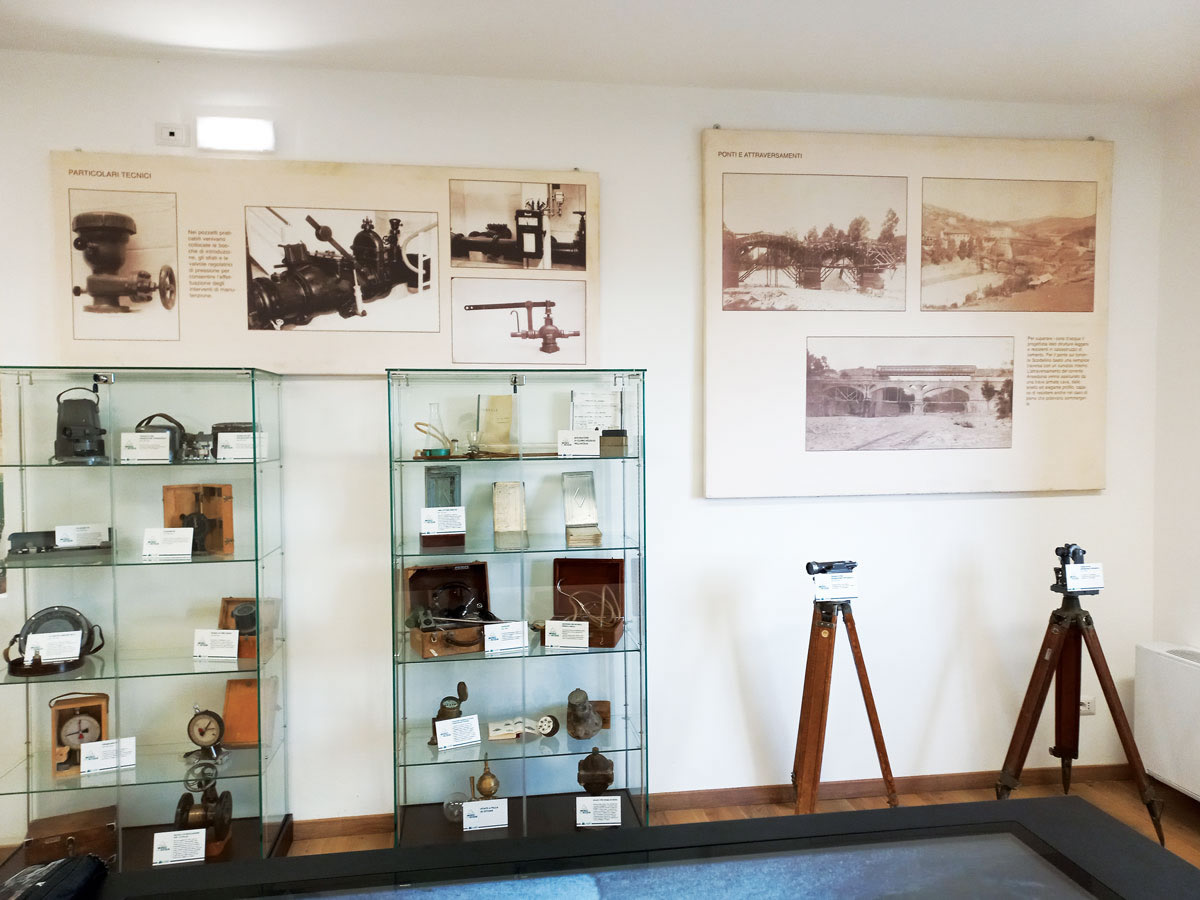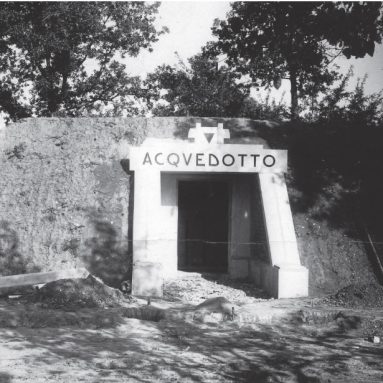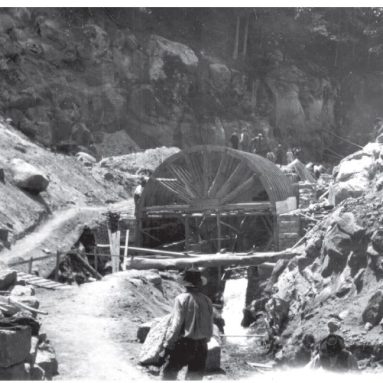
The Water Museum of Vivo d’Orcia was founded in the green heart of Mount Amiata and Valdorcia, a place dedicated to water recognized as a primary value for the community. The museum was strongly wanted by AdF in Vivo d’Orcia, in the municipality of Castiglione d’Orcia, where the Ermicciolo Spring originates, from which the Vivo Ridge winds. It is an integral part of a project where both the Municipal Administration and AdF joined forces in the realization of a work dedicated to research and the historical memory of what the spring reality of Vivo is, indeed.
The place has been obtained through the redevelopment of the former middle schools while the set-up follows an educational path made up of photos, projections, multimedia panels, exhibitions of artefacts and collections of material used in the maintenance of the Aqueduct. The aim is also to enhance the water district of Vivo which, in addition to being the main resource for the province of Siena, represents a great opportunity for sustainable tourism for the whole area.
The Water Museum with its approach, also made of hi-tech solutions, is a cultural and technological reference point to raise awareness on the subject of water, on its correct management and on good practices to protect it. A mix of history and innovation to tell the community the importance of a vital resource too often underestimated.































